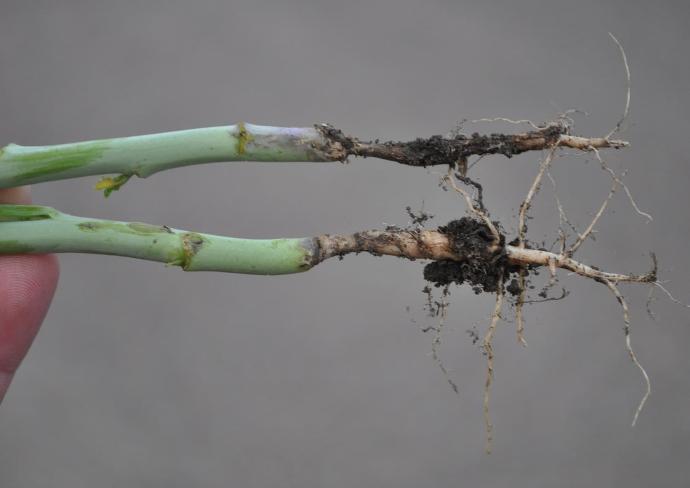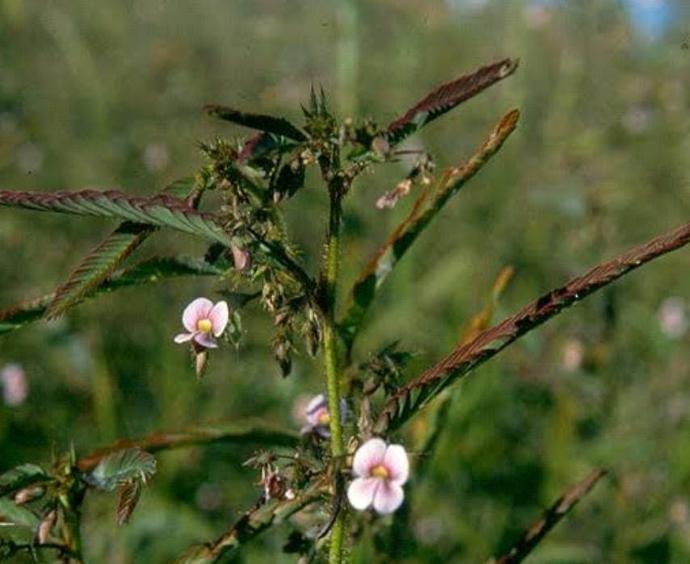American jointvetch plant
American Jointvetch grows up to 3 ft, thrives in well-drained soil, full sun, moderate moisture, edible and medicinal.

Habit
Herb
Height
1-3 ft
Growth
Moderate
Soil
Well-drained
Shade
Full
Moisture
Moderate
Edible
Yes
Medicinal
Yes
Origin
North America
Climatic Condition
Tropical, Humid
Temperature (°)
20-30
Humidity (%)
70-90%
Potting media
Peat+Perlite
Fertilizers
Nitrogen rich fertilizers
Watering
Regular Watering
Plant Weight
100-150 g
Flowering Time
Summer to Fall
Soil Ph level
6.0-7.0
Water Ph level
6.5-7.0
Soil EC
1.2 dS/m
Yield Per Plant
1-2 kg per plant
NPK ratio
10:10:10
life Span
1-2 yrs
Health Benefits
Suggested Grow Media or Potting Mix ?
50% compost, 25% peat moss, 25% sand
Suggested Fertigation/Fertilizers
Fertilize every 6-8 weeks with balanced fertilizer.
Common Diseases and Remedies
Leaf Spot, Rust, Powdery Mildew, Aphid Infestation, Root Rot
Brown or black lesions on leaves, Reddish-brown pustules on leaves, White powdery growth on leaves, Distorted leaves, stunted growth, Wilting, yellowing, stunted growth
Neem oil, Compost tea, improve air circulation, insecticidal soap, Improve soil drainage.
Copper-based fungicides, Fungicides with propiconazole ,Sulfur-based fungicides, Chemical insecticides, Soil-applied fungicides
HEALTH BENEFITS
American elm (Ulmus americana) has been historically used for its medicinal properties, although it is more commonly appreciated for its role in landscaping. Its bark, leaves, and inner wood have been utilized in herbal medicine, particularly by Indigenous people. Some potential health benefits of American elm include:
- Anti-inflammatory properties: The inner bark of the American elm has traditionally been used to treat inflammation. It may help reduce swelling and pain associated with conditions like arthritis.
- Respiratory support: Elm bark has been used to soothe sore throats, coughs, and other respiratory ailments. It is thought to have demulcent properties, meaning it can form a soothing layer over irritated tissues.
- Digestive health: Elm is sometimes used as a mild laxative and to soothe digestive issues like diarrhea or gastrointestinal inflammation.
- Skin healing: The bark is sometimes applied topically to help with skin irritations, burns, or wounds due to its anti-inflammatory and soothing properties.
- Rich in nutrients: The tree’s leaves and bark contain mucilage, which is beneficial for hydration and soothing internal and external tissues.
However, it’s important to note that while these benefits have been suggested in traditional medicine, there is limited scientific research to support them thoroughly. As with any herbal remedy, it's crucial to consult a healthcare provider before using American elm, especially for medicinal purposes.

